NASA's Lunar Reconnaissance Orbiter (LRO), captured the clearest images ever taken from space of places where Apollo 12, 14 and 17 astronauts landed on the Moon, revealing traces made when they explored these areas, and the debris remained from the visits.
Lunar Reconnaissance Orbiter (LRO), Credit NASA
The video below is a picture of the Moon surface, near the Fra Mauro area, where Apollo 14 landed. The expedition was led by astronaut Alan Shepherd, where he hit the famous golf ball on the lunar surface. At minute 2:27 this area will occur.
Photos taken by Lunar Reconnaissance Orbiter (LRO), have shown unprecedented detail of the Apollo landing sites, such as points of landing on the Moon, rovers, scientific instruments left on the surface, and even the footprints of the astronauts. These details are visible in photos snapped by the probe while it orbited the Moon at 24 kilometers above the surface.
Astronaut Edwin (Buzz) Aldrin in a photo with a U.S. flag on the lunar surface during Apollo 11 in July 20, 1969. Source: AFP
NASA's photos show that 5 of the 6 flags planted on the Moon, are still standing. 6th that is no longer upright, is from Apollo 11. Astronaut Buzz Aldrin reported that the flag was blowed on the ignition engines during departure.
Most scientists were not expected the flags to last 42 years in extreme temperature conditions (from 116 to -137 degrees Celsius, repeated about 500x in 42 years), radiation, ultraviolet light and solar winds, when you come to think that the flags were made of nylon. They were not planted in lunar soil to withstand time.
So, we have indubitable proof, that man was on the Moon. Even waving the flag in television transmissions from the Moon, which was surrounded by many conspiracy was explained: the movement flag during Apollo 15, has been caused by the vacuum, by particles smaller than in our atmosphere, which make the flag to be able to move long after it is placed on the lunar surface.
Scientists from LRO, has also launched the idea that the Moon is shrinking, it contracts. Newly discovered cliffs in lunar crustal rocks show that the Moon was shrinking in recent geological past and this process may continue even today. The results provide important clues to the Moon.s geological past.
Credit: NASA LROC.
Tuesday, 31 July 2012
IMAGES AND VIDEOS
About me
(8)
Astronomical Phylosophy
(5)
Astronomy Labels
(1)
Astronomy terms
(5)
Craters-Reinhold and Lansberg
(2)
Craters-Santbech
(5)
DSLR Hyperion pictures
(4)
DSLR astronomy pictures
(4)
DSLR telescope pictures
(21)
Occultations
(5)
Rima Ariadaeus
(4)
Rupes Altai
(10)
The colours of the Moon
(7)
Things about the Moon
(9)
Weird sightings
(8)




 Tuesday, July 31, 2012
Tuesday, July 31, 2012
 Unknown
Unknown


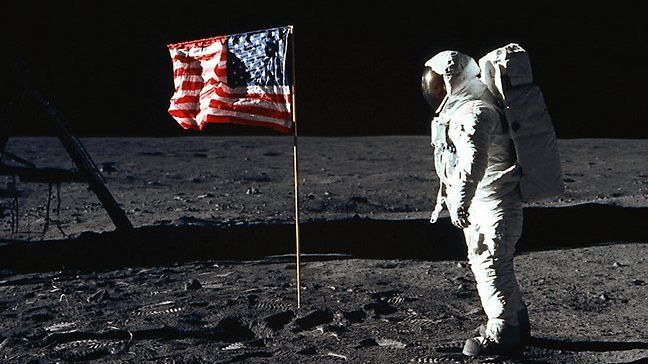

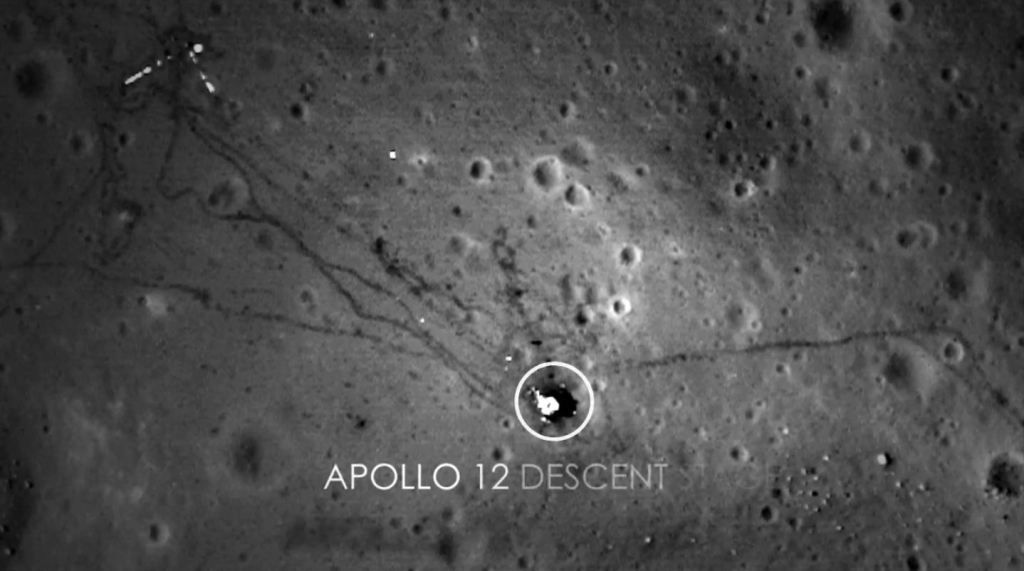
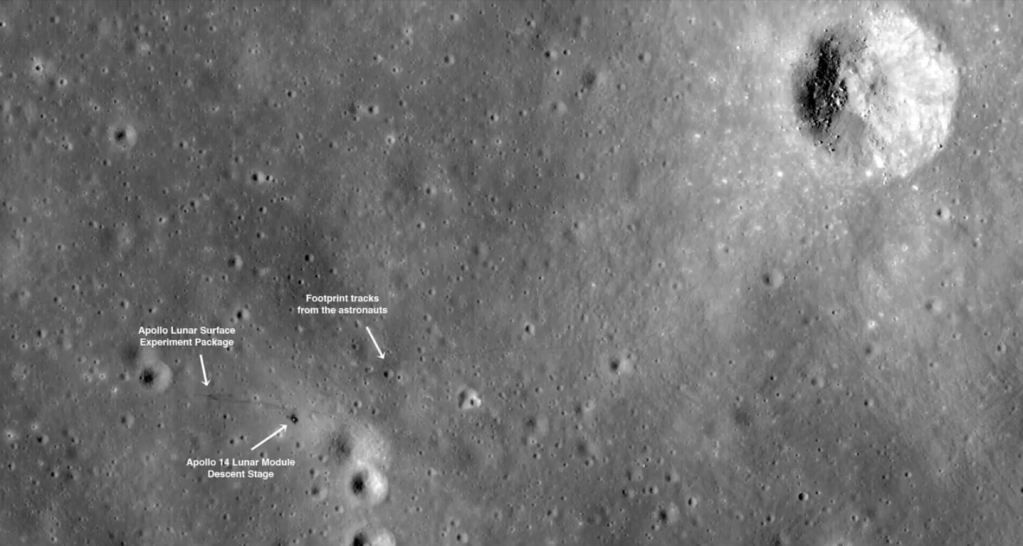
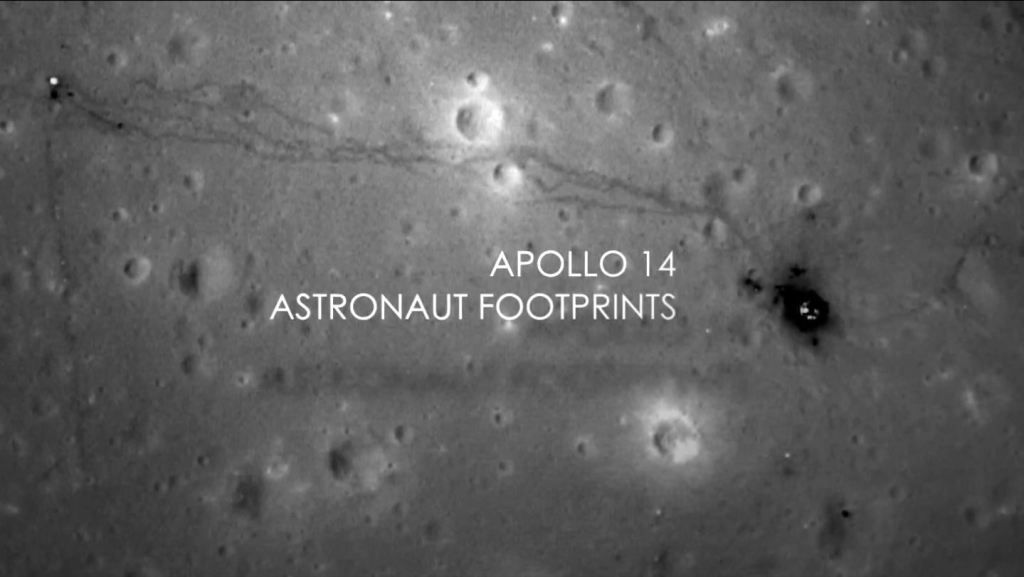
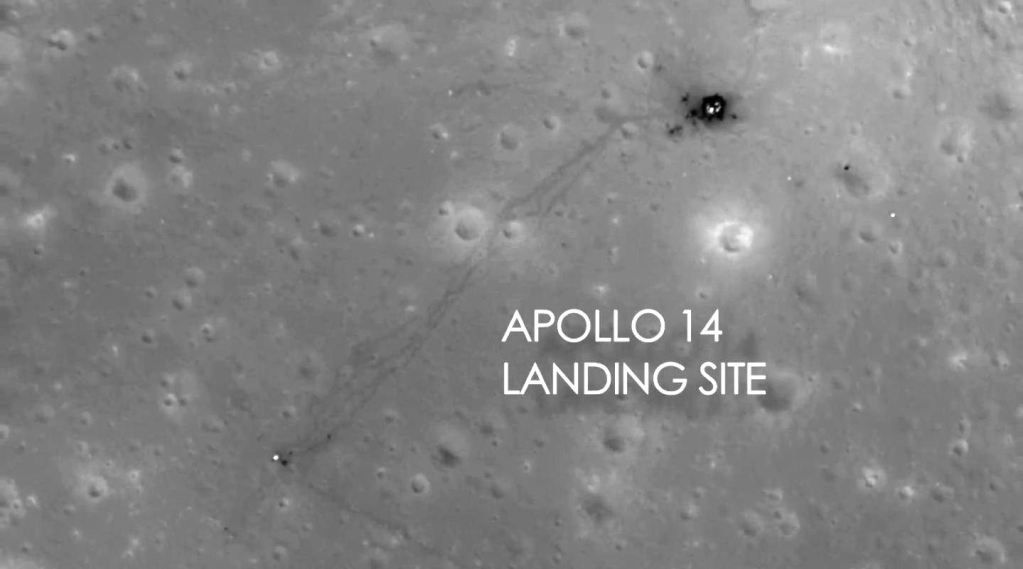
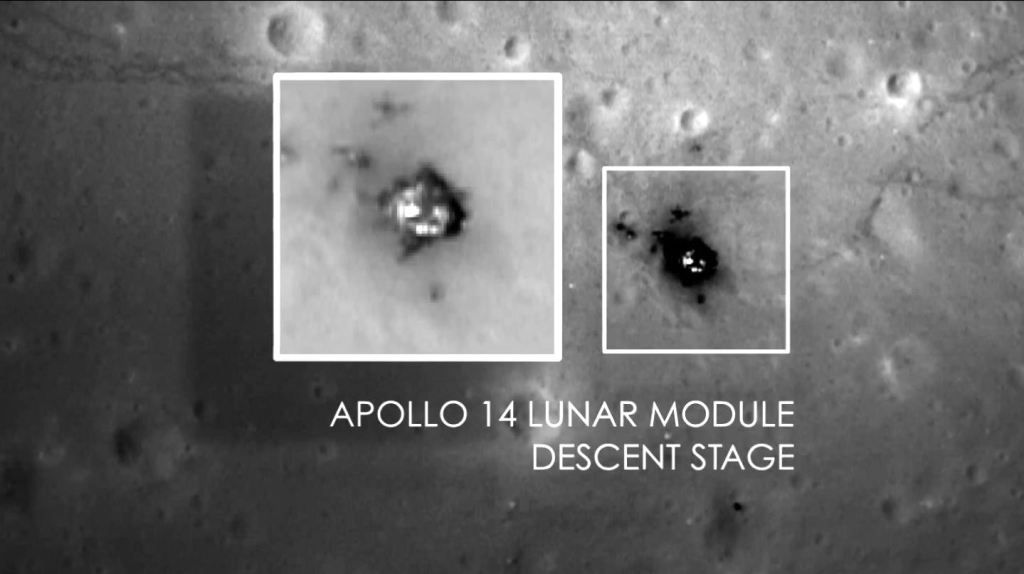
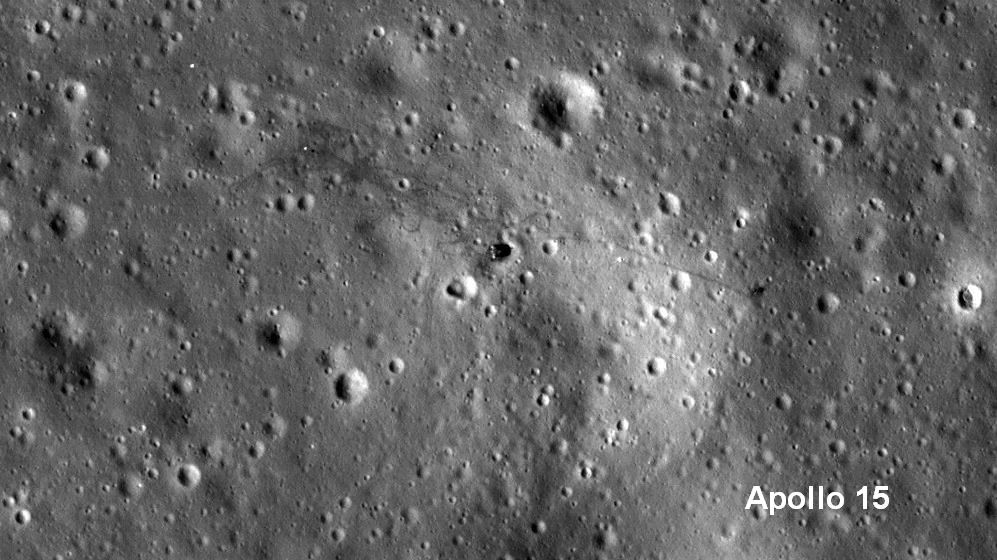


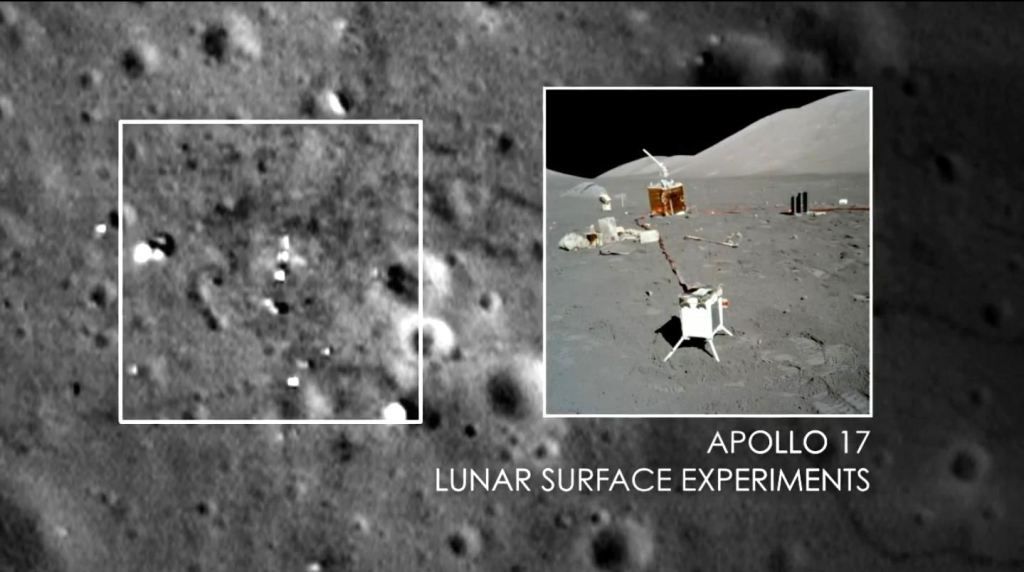
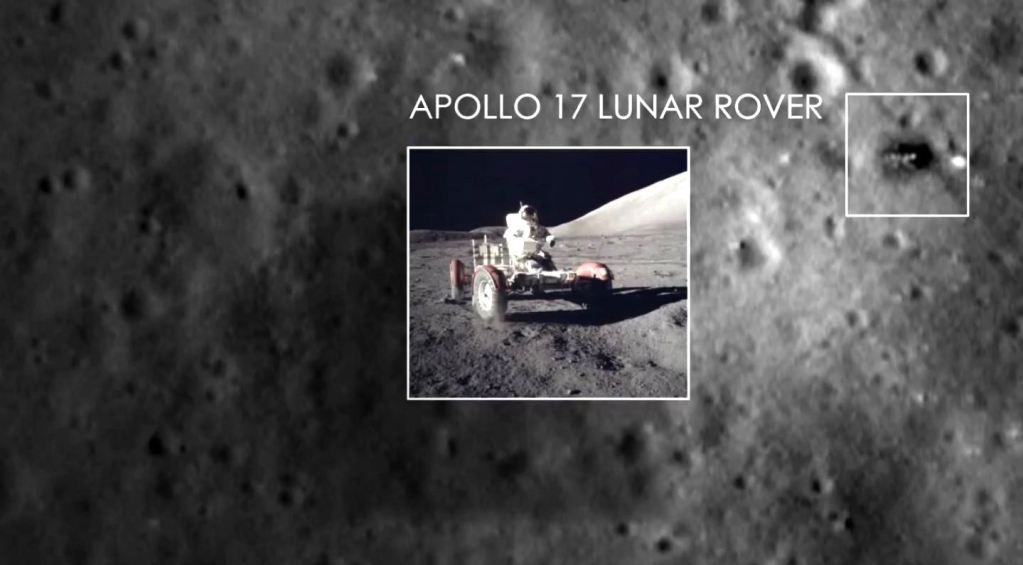
 Posted in:
Posted in: 


0 comments:
Post a Comment